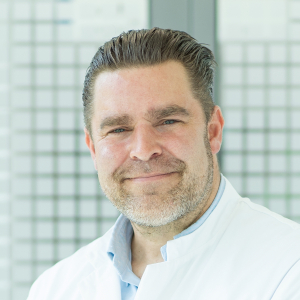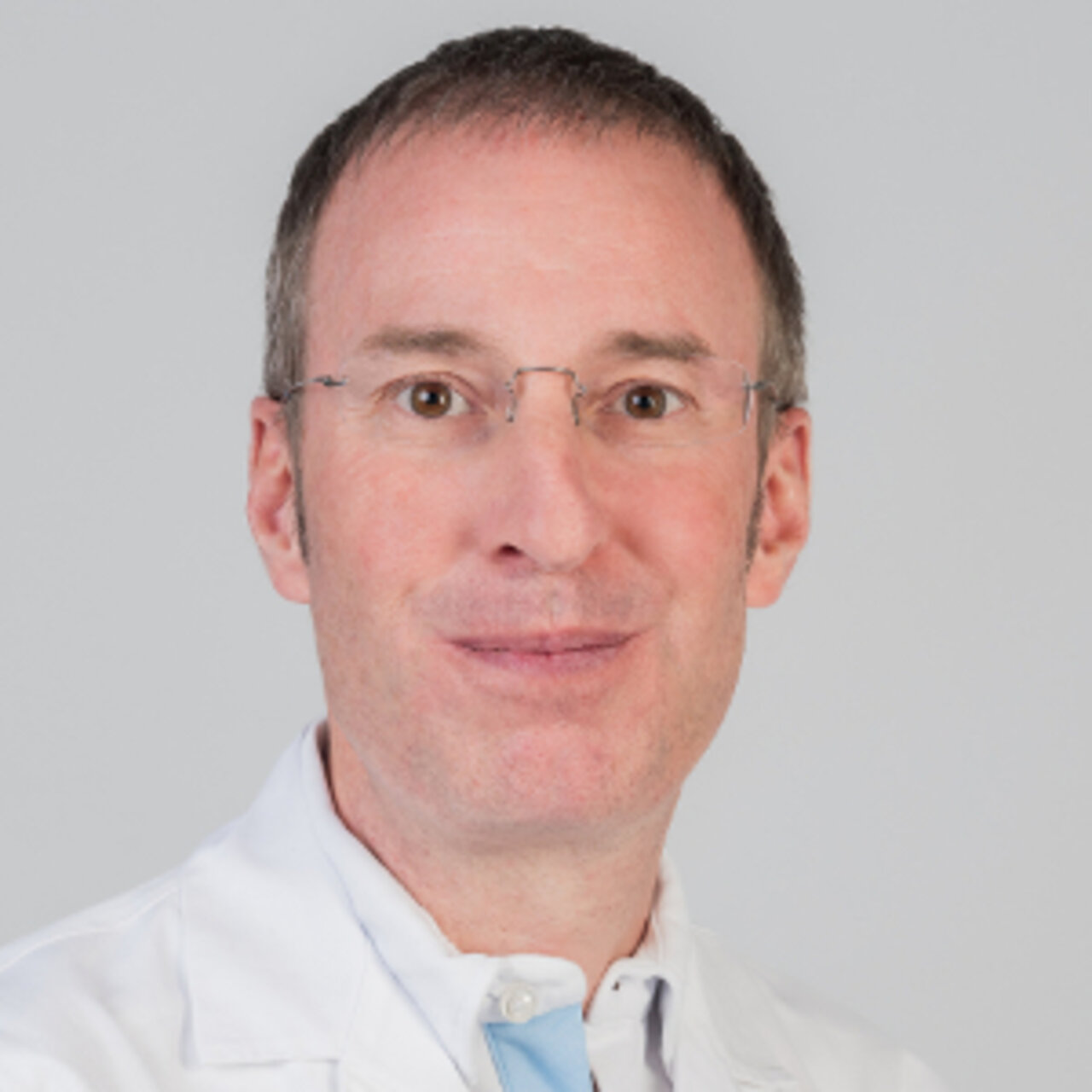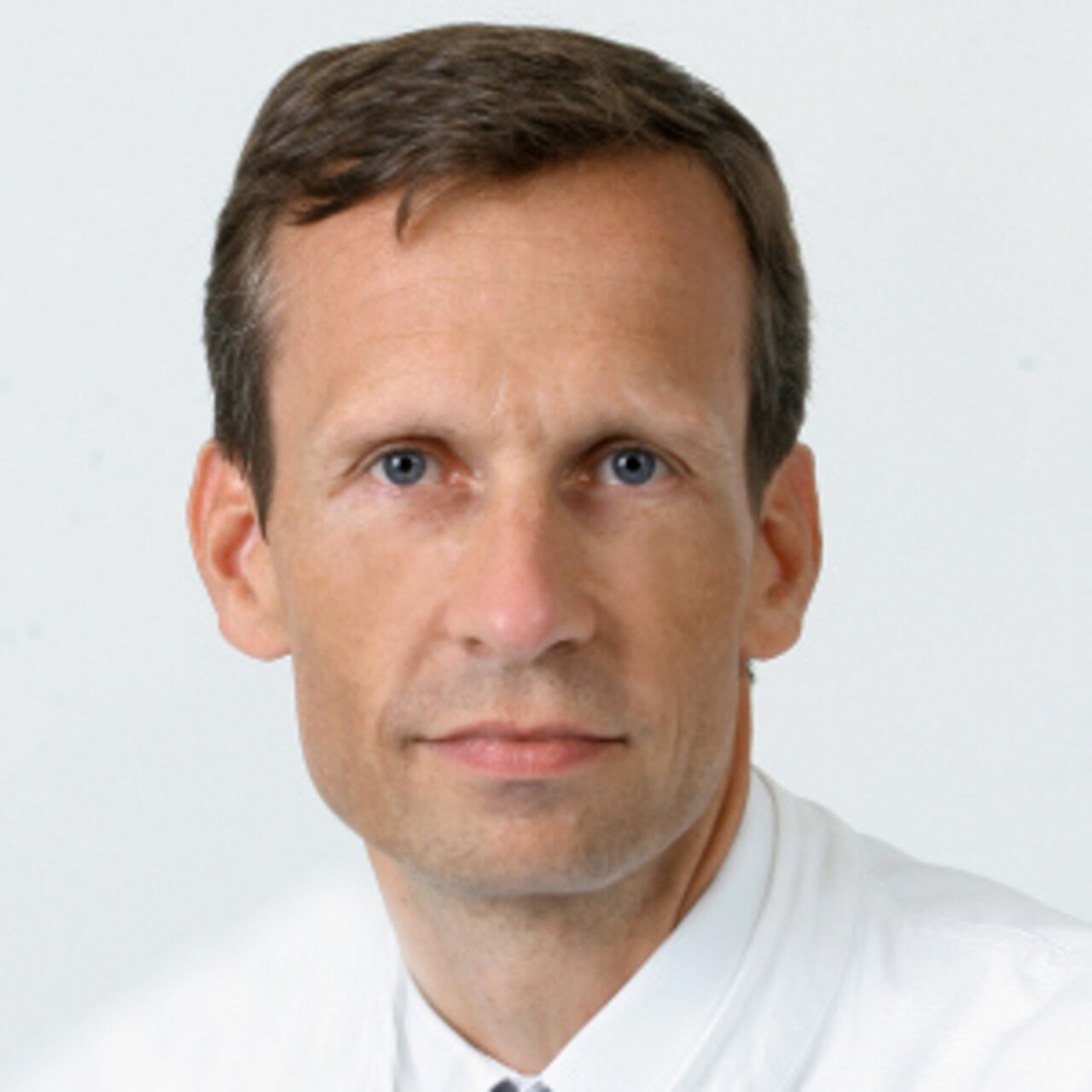Specialists in Reflux
7 Specialists found
Information About the Field of Reflux
Definition: What Is Reflux?
Reflux is a reflow of acidic stomach contents into the esophagus. The cause is usually an insufficiency (restricted function) of the esophagus, normally closed at the lower end by a muscle (esophageal sphincter). It is called gastroesophageal reflux disease when the reflux leads to typical symptoms.
A tube with a camera (endoscope) is forwarded into the esophagus through the patient's mouth during reflux disease examination. Depending on the appearance of the esophagus, reflux disease is divided into different stages. If no erosions (changes/lesions) of the mucosa are seen with the endoscope despite symptoms, the disease is called non-erosive reflux disease (NERD). If the mucosa's erosion or inflammation is seen endoscopically, it is called erosive reflux disease (ERD).
Reflux Symptoms
The most common symptom of reflux disease is heartburn. Heartburn describes a burning sensation in the esophagus that rises from the stomach and is perceived as uncomfortable, especially under the chest. This burning sensation occurs especially after eating or while lying down. The typical symptoms also include sour and burning belching and regurgitation of food residues. If reflux disease is already advanced, pain may occur during swallowing.
Which Doctors and Clinics Are Specialized in Reflux?
Typically, patients see a specialist in internal medicine (internist, gastroenterologist) to verify reflux disease diagnosis. If the symptoms are minor and have been present for a short time, there is no need for further diagnostics, and treatment with proton pump inhibitors (PPIs) can be carried out. PPI reduces the production of acidic stomach contents.
If the symptoms are severe, the esophagus is examined with an endoscope. The endoscope can be used to take pictures and video images, and a tissue sample can be taken from the esophagus (biopsy). This procedure is recommended because the mucosa has an increased risk of developing esophageal cancer due to acid damage.
Suppose the tissue sample examination does not reveal any pathological findings, and medical therapy is unsuccessful. In that case, 24-hour Ph-metry can be used to record whether acidic gastric contents enter the esophagus. This method provides direct evidence of reflux disease.
Therapy: How Is Reflux Treated?
The general therapy includes minimizing factors that forward the development of reflux disease. These include smoking, alcohol, coffee, meals containing fat and carbohydrates, and certain medications (anticholinergics, calcium antagonists, nitrates).
Besides, patients should aim for average body weight and avoid activities that involve increased pressure in the stomach region. When sleeping, it may help to shift the upper body upward by 30 degrees with a pillow.
Proton pump inhibitors are the medications of the first choice for reflux. In mild reflux disease, patients can try omitting the drugs after a certain period without any symptoms and see if the reflux pain returns. If they do not return, patients can try to stop taking the medication for good.
In case of severe reflux disease with relapses (recurrence), a permanent therapy of at least one year should be applied. In mild reflux, medications can be given to improve the mobility of the esophagus, which may improve the closure of the end of the esophagus. Patients can also undergo endoscopic radiofrequency therapy or surgery as an alternative to drugs and in severe reflux disease.
Endoscopic Radiofrequency Therapy for Reflux
Endoscopic radiofrequency therapy is another therapeutic option without surgery for severe reflux disease. Specialists carry it out in interventional radiology. In this procedure, a device is placed in the lower part of the esophagus through the endoscope, which conducts energy or electricity through the esophageal wall. This is intended to cause the body and its cells to incorporate more connective tissue into the esophagus, resulting in narrowing and preventing reflux.
Reflux Surgery
If you can't treat reflux disease with medication and symptoms keep coming back (recurrence), you need to consider surgery.
Laparoscopic Fundoplication
In laparoscopic fundoplication, the upper part of the stomach (fundus) is taken and sutured around the lower part of the esophagus. The upper part of the stomach is used to form a sleeve that is wrapped around the esophagus, which allows food pulp to continue to pass through the esophagus into the stomach. However, due to the cuff, the lower part of the esophagus is now narrower, which prevents the acidic stomach contents from flowing back into the esophagus.
Laparoscopy is a minimally invasive surgery, which means only one or two small incisions in the abdominal wall are necessary to insert a tube with a camera (laparoscope) and an instrument for cutting and grabbing into the abdominal cavity. There is also a light source on the laparoscope to provide an appropriate view into the abdominal cavity. In addition, the laparoscope has a device to bring carbon dioxide into the abdomen so the surgeon can get a better idea of the abdominal cavity.
Fundoplication can also be carried out non-laparoscopically (conservative surgery). The abdominal wall is completely opened so that the surgeon can operate without a camera and with a direct view. The non-laparoscopic method is less gentle because more tissue must be exposed and cut open. Besides, there is less postoperative pain or scarring with the laparoscopic approach.
Endoscopic Reflux surgery
Reflux surgery can also be performed endoscopically. In endoluminal gastroplication, a fold is sutured into the upper stomach wall, narrowing the stomach's entrance. A tube with a camera is inserted into the mouth (endoscope) and forwarded to the stomach. There are devices on the tube to sew the fold into the stomach opening. By narrowing the entrance to the stomach through the fold, reflux of acidic stomach contents is prevented.
Sources:
Baenkler, Goldschmidt et al., Thieme Verlag: Innere Medizin
Wikipedia: Laparoskopische Fundoplicatio
Doccheck: Fundoplicatio







